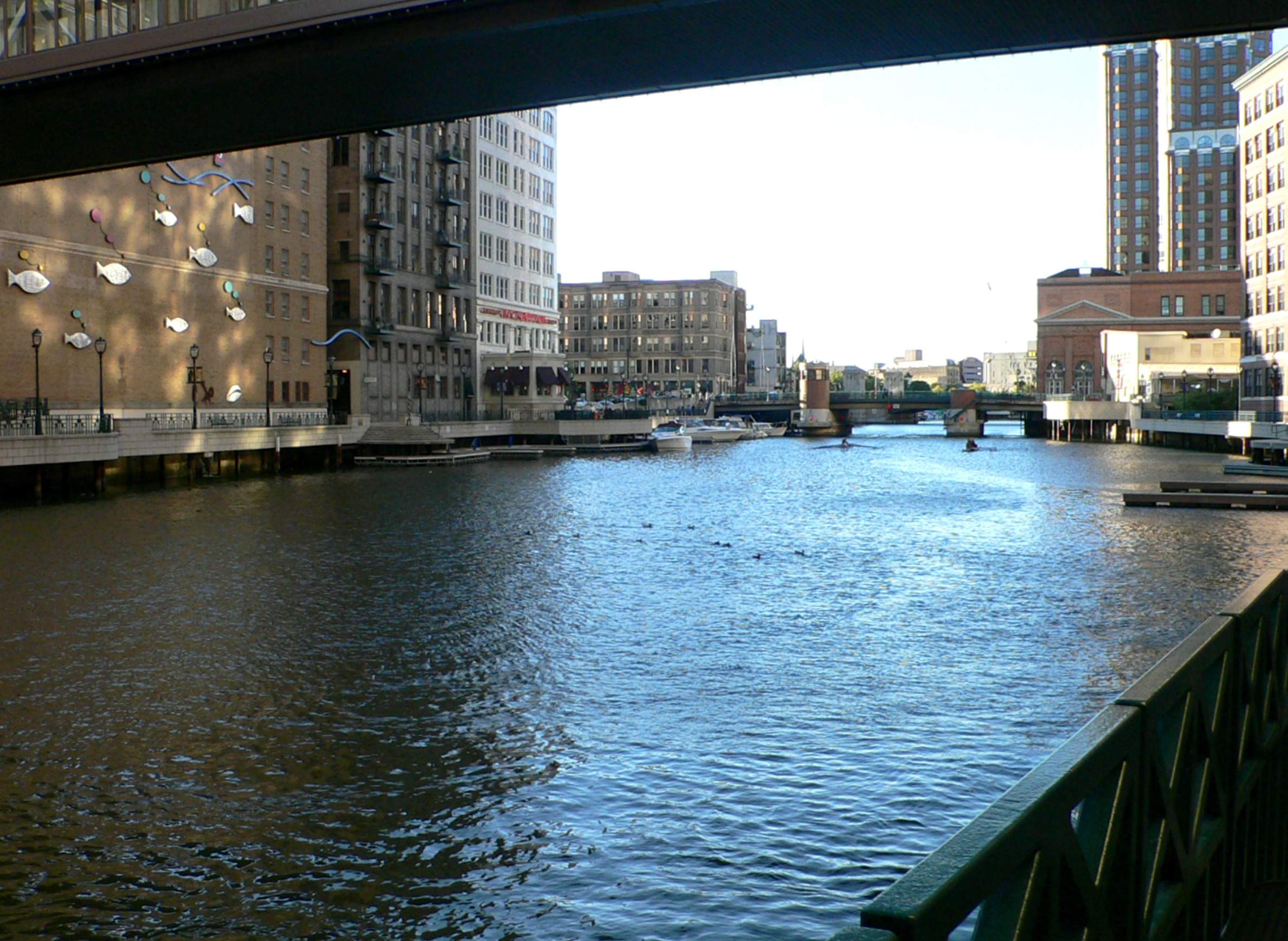
Seasonal Detection Of Cooking Spices, Drugs In Waterways Highlights Everyday Human Influences

There's an experiment water scientists like to do this time of year to prove the point that human behavior affects the health of our lakes and rivers and other waterways.
Cinnamon and vanilla are two ingredients we tend to consume more of during the holidays, be it for meals on the Thanksgiving table, batches of gingerbread cookies or the seasonal cup of coffee.
Sure enough, researchers have detected the deliciously innocent spices in waterways throughout the country when they take water samples in early winter.
In fact, oceanographers in Washington found that come December, the fish of Puget Sound swim in a "big, dilute latte."
Researchers at the University of Wisconsin-Milwaukee just pulled samples from Lake Michigan and its three river arteries recently to test for the benign spices and other elements. They say they suspect they'll show up in their analysis.
But the bigger point here, said Todd Miller, an associate professor in UW-Milwaukee's Zilber School of Public Health, is there are plenty of chemicals we put into our bodies everyday that end up in our waterways, and it's affecting the health of our lakes and rivers.
"This is just to provide an example for how the human behavior cause changes in water quality and the chemistry of the local waterways. Our real interest is building awareness that human behavior and our choices do impact the local waterways," Miller said.
Miller said that when he gathers a water sample in Lake Michigan or one of the three rivers in Milwaukee – which include the Kinnickinnic, Menomonee and Milwaukee rivers – his analysis will find caffeine.
There's also a good chance he'll find traces of drugs many people take everyday for their health, like Lipitor and other pharmaceuticals. He even sees cocaine in the water.
"The chemistry of the local waterways really do reflect the human behaviors and choices the people make in the surrounding community," Miller said.
In case you haven't yet figured it out, these substances find our waterways after they leave our bodies when we use the bathroom. Wastewater treatment facilities do a pretty good job of preventing these elements from entering our lakes and rivers, and that's generally true in Milwaukee, said Miller. But they're not perfect, and there are other ways for the substances to make it to the water.
"Milwaukee, like some other cities, have combined sewers that carry both rainwater runoff from the roadways as well as sewage. And during heavy rainstorms, some of those pipes can get backed up and raw-sewage rainwater mixture ends up going into the local waterways," Miller said.
Additionally, sometimes sewage pipes break, or people flush drugs directly down the toilet, the high concentration tough to deal with at the plant.
In Milwaukee, Miller said the installation of the Deep Tunnel has reduced the amount of rainwater-sewage that's getting into the lake. There's also been smarter public infrastructure projects and a campaign for rain gardens. New laws have also banned certain ingredients in personal care products.
What effects all of this is having on our marine environments is hard to say at this point, said Miller. However, there is some evidence endocrine disruptors, which are found in detergents and other products, may be causing sex changes in some fish. He added it will take time before scientists fully understand the environmental impact.
"This is really sort of an emerging field in toxicology studies to assess this really complex mixture of pharmaceutical and other compounds and how they may impact the development of fish," Miller said.
Wisconsin Public Radio, © Copyright 2023, Board of Regents of the University of Wisconsin System and Wisconsin Educational Communications Board.


